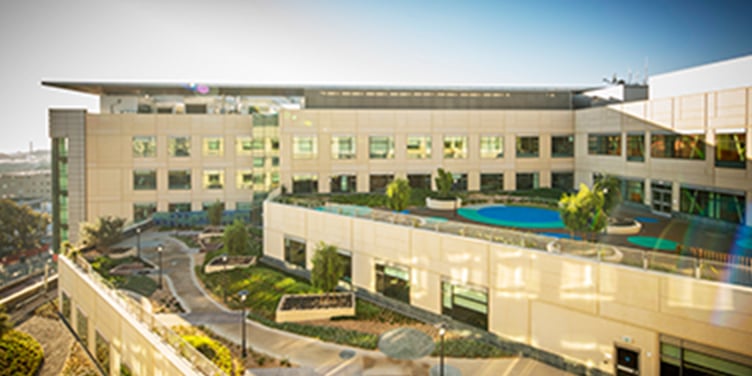
Breast Cancer Prevention Options for People at High Risk
If you're at high risk for breast cancer, there are medical and surgical treatments that can help reduce that risk. When making decisions about preventive treatments, be sure to discuss the risks and benefits of each option with your care team.
Tamoxifen
Tamoxifen is an anti-estrogen medication that has been used for many years to treat breast cancer. In a study called the Breast Cancer Prevention Trial, high-risk women who took tamoxifen for an average of four years had 45% fewer breast cancers, compared with women with the same risk factors who did not take the drug.
If you're thinking about taking tamoxifen to prevent breast cancer, it's important to consider both these benefits and the risks associated with the drug, which include an increased chance of developing uterine cancer.
Prophylactic (preventive) mastectomy
Some very high-risk patients choose to have one or both breasts surgically removed. This may include those with:
- Mutations in the BRCA1 or BRCA2 genes
- A previous breast cancer diagnosis
- A strong family history of breast cancer
- A diagnosis of lobular carcinoma in situ (a condition that is non-cancerous but signals an increased risk for developing cancer)
Even a highly skilled breast surgeon can't remove all the breast tissue from the chest, so a small number of women who have a mastectomy still go on to develop breast cancer.
The decision to have this type of surgery should be made with careful consideration of your unique situation, including the potential medical and emotional consequences. We recommend consulting with several doctors if you're thinking about a preventive mastectomy.
UCSF Health medical specialists have reviewed this information. It is for educational purposes only and is not intended to replace the advice of your doctor or other health care provider. We encourage you to discuss any questions or concerns you may have with your provider.









